Up Next

Sebastian Vettel joins the Aston Martin Formula 1 team as damaged goods.
Dropped by Ferrari because it sees Charles Leclerc as the future and coming off the back of his worst season in F1 in terms of performance, Vettel’s reputation has taken a big hit.
But while some have questioned his decision to join Aston Martin, not to mention its wisdom in signing him, there’s every chance that the move will be mutually beneficial.
Aston Martin may be a midfield team, but it’s one on the brink of smashing through the glass ceiling separating it from the frontrunners.
And despite his tarnished reputation, Vettel’s four world championships and 53 race victories is testament to what he could offer on track to the former Racing Point team.
Vettel could well be jumping from a car that magnified his biggest weakness to one that multiplies a strength
At 33, Vettel is undoubtedly still capable of it. While he’s a veteran of 14-and-a-half F1 seasons, he’s far from over the hill and his willingness to join forces with Aston Martin proves he still has the determination needed to thrive in F1.
Vettel is not the kind of character who has taken this drive just to top up his pension and he will put his heart and soul into it.
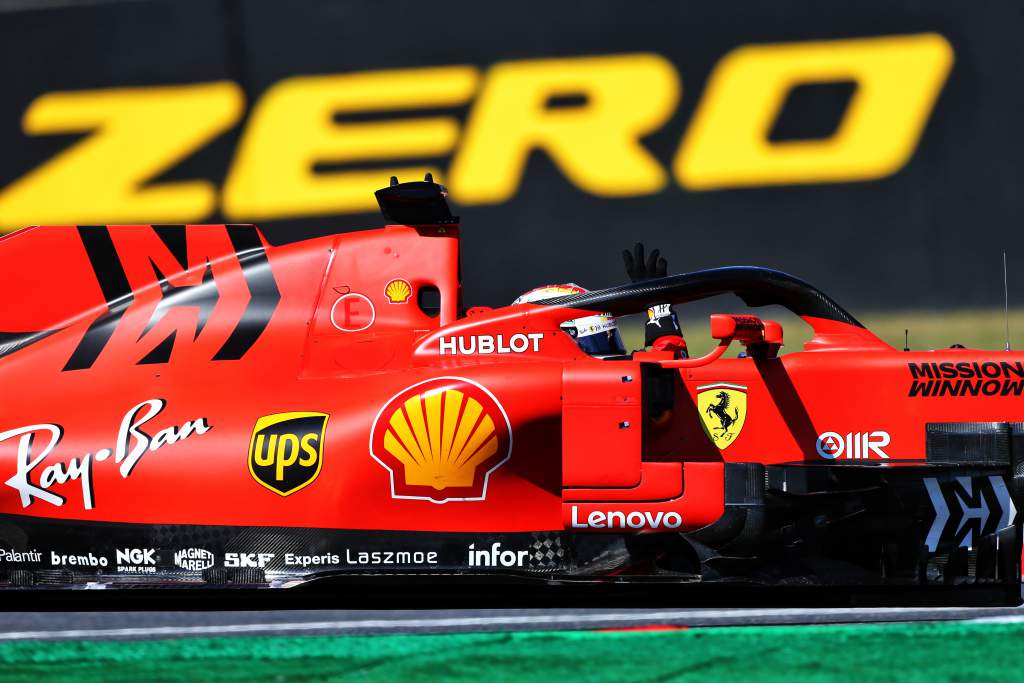
We can be sure his ability hasn’t evaporated because, despite his dire struggles for qualifying pace last season, there were times in 2019 when he was as quick as or quicker than Leclerc. You don’t produce a pole position like the one Vettel did at Suzuka that year if you’re all washed up.
So this is a question of rehabilitation and restoration of a Vettel who is only superficially tainted rather than attempting to reignite a spent force.
First and foremost, the Aston Martin he will drive in 2021 will be very different to the Ferrari SF2000 he struggled with last year.
It’s well known that Vettel cannot access anything like his peak pace if he’s not confident with the car’s rear end. When he’s struggled in for speed in F1, this has consistently been the explanation. No driver craves instability, but Leclerc is as brilliant at dealing with this as Vettel is limited by it.
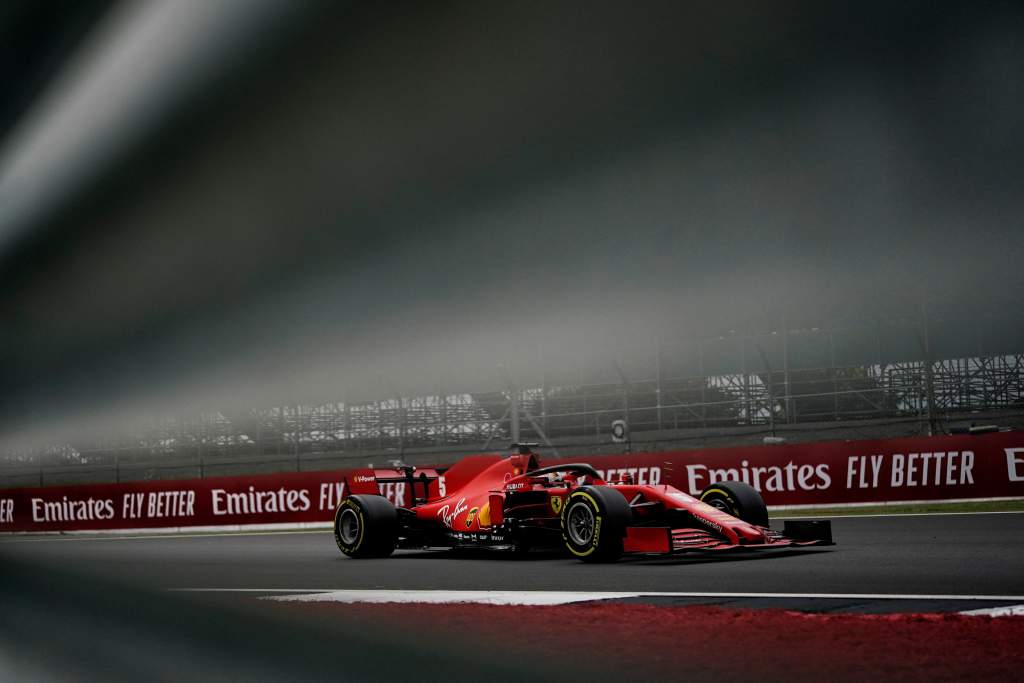
“It’s clear the car was very difficult to drive in the first two-thirds of the season,” Ferrari sporting director Laurent Mekies told The Race in December.
“How the driver deals with that characteristic could affect your confidence in a very different way in what you need from the car to be fast.
“Seb and his engineering team have been looking hard for solutions. It’s no coincidence that when we addressed the consistency issues, the gap closed.”
While there was nothing like the kind of revival he had when the rear stability improved in the closing stages of 2019, there were a few brief sparks from Vettel late on last year.
He finished third in Turkey having started ahead of Leclerc and was the lead Ferrari on Saturday in Bahrain, which was the fourth and final time he outqualified his team-mate.
Last year’s Racing Point RP20 was a very different car to the Ferrari. Not only was it a far more competitive package but it was also more driver friendly. Given this year’s Aston Martin will be largely the same car, a 2019 Mercedes clone that uses the low-rake concept, there should be gains there for Vettel there.
Vettel’s always had a mistake in him, but the accusation that he’s has always been disastrously incident-prone is misplaced
What’s more, Aston also upgrades to the 2020 Mercedes rear end this year. This can be done without spending either of its development tokens thanks to regulations permitting teams running year-old non-listed components supplied by another team to switch from 2019 to ’20 parts.
That means it gets the painstakingly brilliantly engineered rear suspension used by Mercedes last year, which effectively flipped the lower wishbone and integrated the rear leg into the crash structure. This improves the airflow dramatically and, provided it’s integrated well by Aston Martin, should mean a gain in rear downforce.
This was the reason Lewis Hamilton talked about last year’s Mercedes allowing him to rotate the car aggressively on corner entry as he wanted to. It’s a style Vettel also favours and demands good rear grip and stability.
Tantalisingly, Vettel could well be jumping from a car that magnifies his biggest weakness to one that multiplies a strength. What’s more, there’s no reason the car won’t at least be as competitive as last year and potentially even stronger.
The other question is whether Vettel’s recent capacity for on-track mishaps will continue to plague him. While the frequency of these was a little lower in 2020 than over the previous couple of seasons, there were still too many mistakes.
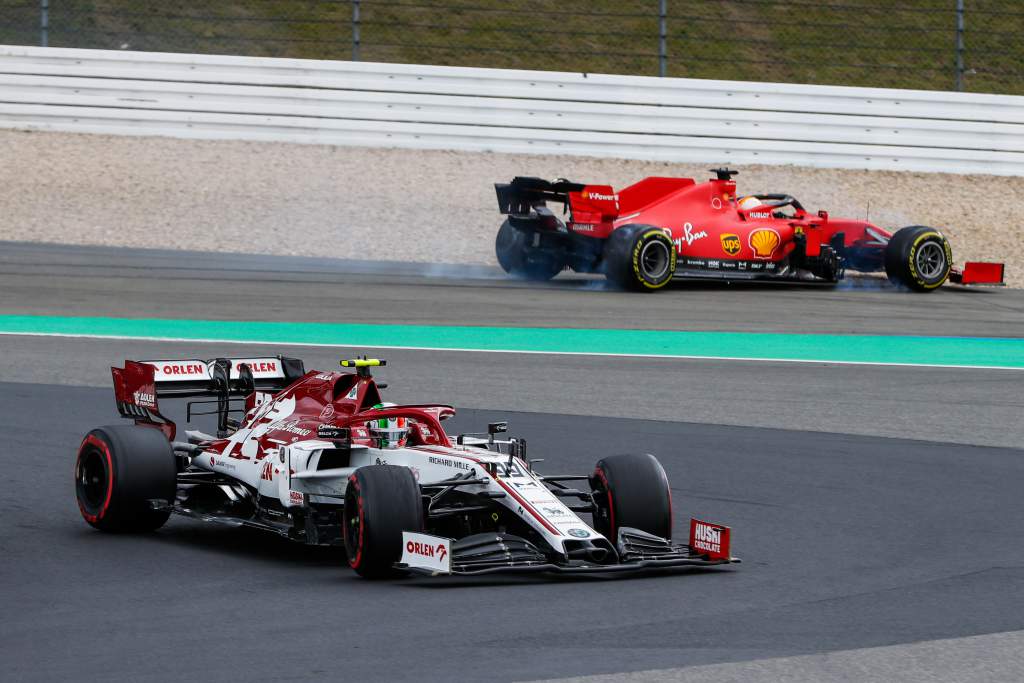
He’s spoken in the past about the aerodynamic instability of the Ferrari while running close to other cars causing these problems, so it’s possible that what should be a more benign Aston Martin will mean such incidents are minimised. Though a faultless season is perhaps expecting too much, the error rate can be lower.
While often he was up front rather than dicing with other cars during his Red Bull pomp, Vettel’s mishaps were never so frequent even when lower down the order in that period. He’s always had a mistake in him, but the accusation that he’s has always been disastrously incident-prone is misplaced – even if what happened in 2018-19 suggests otherwise.
Vettel battled other less tangible struggles at Ferrari last season. By the time the season started belatedly at the Red Bull Ring in July, he had already been told his services would not be required in 2021 as Ferrari decided to get behind Leclerc. While this didn’t affect the quality of equipment or support, it inevitably destabilised Vettel and made him a lame duck driver, to co-opt American political parlance.
The friction was clear early in the season and although Vettel remained on excellent terms with those he was working closely with, it certainly didn’t help his performances.
Things settled down later in the year, particularly once Vettel had committed to joining Aston Martin, but the ultimate failure of his Ferrari dream clearly had an impact.
Vettel certainly won’t act like a big-time driver joining a team that’s below his status
But at Aston Martin, he knows how much he’s wanted. Team owner Lawrence Stroll targeted him having recognised the value of a four-time world champion both on and off-track.
Vettel didn’t come cheap so he can’t fail to feel valued at his new employer, which has set out its stall to use his top-team experience to the full.
“In Sebastian, we have a proven four-time world champion with experience of helping teams become race-winning and championship-contending outfits,’ said team principal Otmar Szafnauer earlier this month.
“That’s why he is such an important signing for us. He brings a winning mentality and we will all undoubtedly learn a lot from him on this journey.
“We also think Sebastian will bring out the best in Lance [Stroll], with Lance pushing Sebastian hard in return, so we’re delighted with our 2021 line-up.
“It’s the ideal blend of experience, race-winning knowhow, and raw talent.”
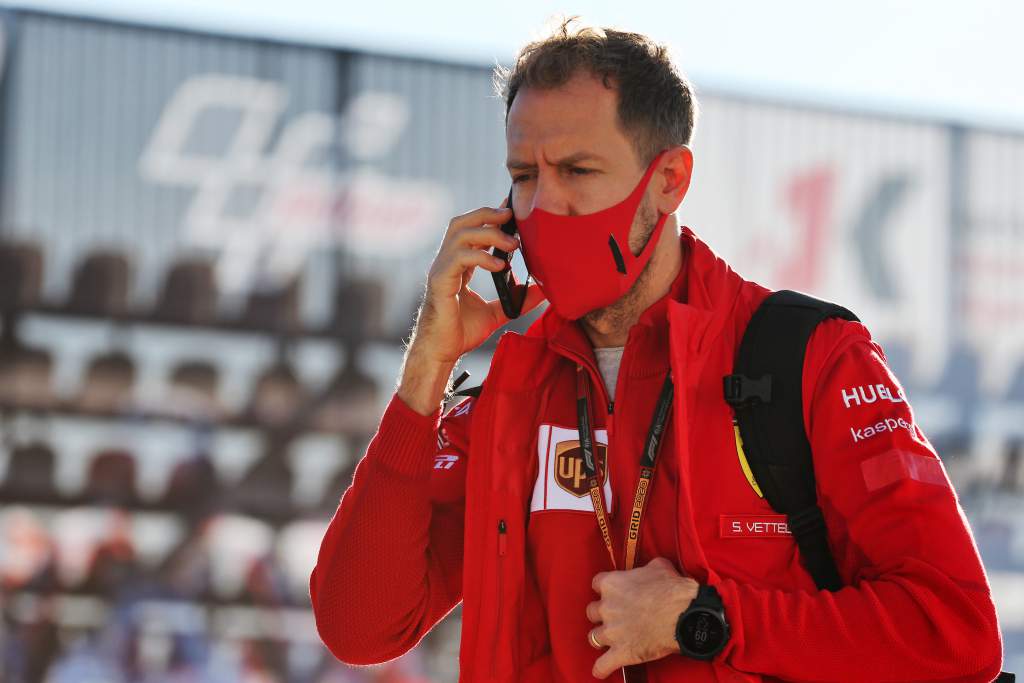
Vettel is also likely to build a strong rapport with the ‘rank and file’ at Aston Martin. He’s always been a popular driver with teams he’s worked for, a genuine and affable character who works as hard as anyone.
He certainly won’t act like a big-time driver joining a team that’s below his status, something that has been a reason for moves like this failing in the past in motorsport.
This should ensure that Vettel is in a constructive and supportive environment, which has not always been a given at a Ferrari that went through several regime changes during his time there – including one between him signing to join the team and his first season with it in 2015.
While none of this means Vettel doesn’t bear a significant amount of responsibility for things not going as well at Ferrari as they should have done, no driver operates in a vacuum.
Felipe Massa’s experience when he joined Williams in 2014 is an informative case study. He left Ferrari as a spent force and his move to a team that had finished a lowly ninth in the constructors’ championship in 2013 was a marriage of necessity for both sides.
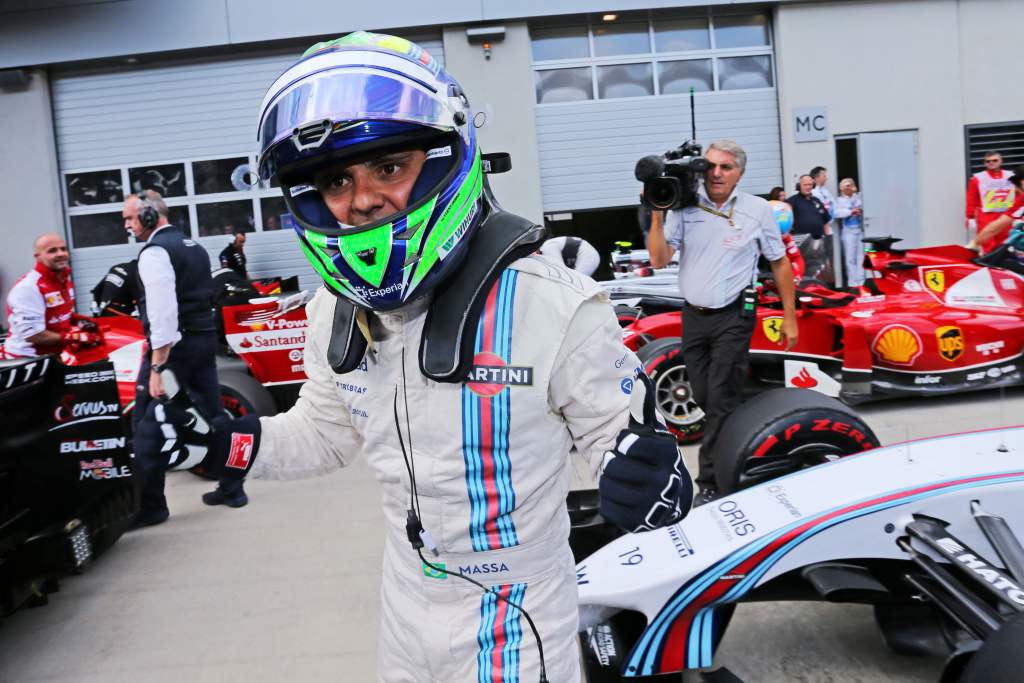
But in a vastly improved package, he was revitalised and picked up three podium finishes and a pole position.
That was the start of an effective stint with Williams that extended a career that seemed washed up by four good seasons. Vettel is a different driver and character to Massa, but could benefit from a similar effect.
Whether all of these promising ingredients will result in the alliance of Vettel and Aston Martin thriving remains to be seen.
But the potential is enormous and the early indications are that what could be characterised as a gamble for team and driver will pay off.







